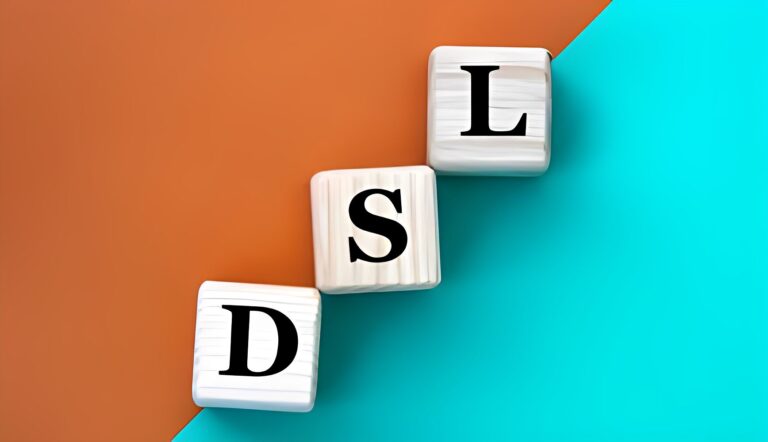How to Prompt Stable Diffusion: Guide to Generating High-Quality AI Images

Artificial Intelligence (AI) image tools have become increasingly popular in recent years, and Stable Diffusion is one such tool that has gained significant attention. With the ability to generate photo-realistic images based on text prompts, Stable Diffusion offers a unique and creative way to bring your ideas to life.
However, creating effective prompts for Stable Diffusion requires a certain level of skill and knowledge. In this comprehensive guide, we will explore the process of prompt engineering and provide you with practical tips on how to write the best prompts to achieve high-quality AI images.
The Anatomy of a Good Stable Diffusion Prompt
To understand how to create effective prompts for Stable Diffusion, it’s essential to grasp the key components that make up a good prompt. A well-constructed prompt consists of three main elements:
1. Subject:
The subject is the central theme or concept that you want to see in the generated image. It forms the foundation of your prompt and acts as a guide for the AI model. For example, if you want to create an image of a beautiful landscape, your prompt could start with “An image of a breathtaking landscape.”
2. Details:
Adding specific details to your prompt helps to refine the image and provide more context for the AI model. These details can include elements such as the medium, color, lighting, and any additional specific attributes you desire. The more precise and detailed your prompt, the better the AI model can understand your vision. For instance, you could specify “A colorful landscape with vibrant flowers, soft sunlight, and a serene lake.”
3. Art Style:
Incorporating an art style into your prompt allows you to influence the aesthetic of the generated image. You can choose to replicate the style of a particular artist or specify a preferred artistic approach. This helps to give your image a distinct visual identity. For example, you could include the art style of “Impressionism” or “Surrealism” to guide the AI model in creating an image with those characteristics.
By combining these three elements, you can create a prompt that effectively communicates your vision to the Stable Diffusion AI model.
Read More: How to Access Chegg Answers for Free
Pro Tips for Creating Stable Diffusion Prompts
Now that we understand the basic structure of a Stable Diffusion prompt, let’s explore some pro tips to enhance the quality and specificity of your prompts.
1. Use Text Weights:
Text weights allow you to control the emphasis placed on specific elements within the generated image. By assigning numerical values to keywords, you can adjust their importance in the final output. For example, increasing the text weight of the keyword “dog” can transform the image to resemble a dragon rather than a dog. Experimenting with text weights can help you fine-tune the desired elements in the image.
2. Employ Negative Prompts:
Negative prompts are an effective technique to steer the output of Stable Diffusion. Instead of describing what you want to include in the image, negative prompts focus on excluding specific elements or styles. This can be particularly useful when you want to avoid certain characteristics or aesthetics. By stating what you don’t want to see, you can guide the AI model towards your desired image.
3. Be Detailed and Specific:
When crafting your Stable Diffusion prompts, it is crucial to be as detailed and specific as possible. The more precise your prompt, the better the AI model can understand your intentions. Consider including specific attributes, such as the camera angle, lighting conditions, or even the equipment used, to ensure the generated image aligns with your vision. Detailed prompts yield more accurate and satisfying results.
Read More: how to get chat gpt to read a pdf
Good Stable Diffusion Prompt Examples
To further illustrate the principles discussed, let’s explore some examples of well-constructed Stable Diffusion prompts:
- Landscape Photography:
- Subject: An image of a majestic mountain range at sunset.
- Details: Golden sunlight illuminating the peaks, vibrant colors, snow-capped mountains, and a serene lake in the foreground.
- Art Style: In the style of Impressionism, with brushstroke textures and soft blending.
- Fantasy Character Illustration:
- Subject: A fierce warrior with a mythical creature companion.
- Details: Intricate armor, glowing magical weapons, intense battle scene, and an ethereal setting.
- Art Style: Inspired by concept artist John Howe, with a realistic approach and attention to fine details.
- Architectural Rendering:
- Subject: A modern, minimalist house surrounded by lush greenery.
- Details: Floor-to-ceiling windows, clean lines, natural materials, and a seamless integration of indoor and outdoor spaces.
- Art Style: In the style of architectural photographer Julius Shulman, capturing the essence of mid-century modern design and emphasizing the play of light and shadow.
By incorporating these elements into your prompts, you can create unique and visually captivating AI-generated images.
FAQs
What is the ideal length for a Stable Diffusion prompt?
The ideal prompt length depends on the level of control you desire over the generated image. In general, longer prompts that include specific details and attributes tend to yield more accurate and satisfying results.
Can Stable Diffusion generate NSFW content?
Yes, Stable Diffusion can generate NSFW (Not Safe for Work) content. However, it is important to exercise caution and adhere to ethical guidelines when using the tool. Always consider the intended audience and ensure the generated content aligns with appropriate standards.
Are there any recommended courses or resources to enhance prompt engineering skills for Stable Diffusion?
Yes, there are various online courses and resources available to improve prompt engineering skills for Stable Diffusion. Platforms like Udemy offer courses specifically tailored to AI image generation, providing valuable insights and techniques to enhance your prompt writing abilities.





